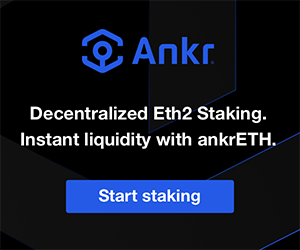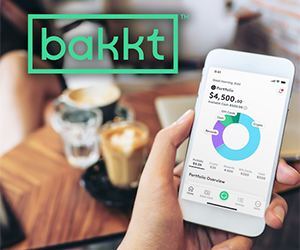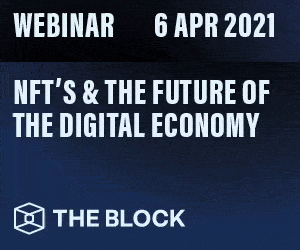
Key Takeaways
- dYdX has released a new version of its derivatives trading platform that offers low fees and reduced confirmation times.
- The new version is designed to tackle scalability, one of the greatest challenges facing decentralized finance (DeFi).
- This version reduces the barrier to entry by removing the onboarding process that other exchanges require.

dYdX has launched its Layer 2 perpetual swap platform, according to an announcement from the project today.
Layer 2 Service Is Now Live
dYdX launched its closed alpha in February and reported widespread adoption: “We had 110,000 users sign up for the waitlist, and users traded $90,000,000 in volume across over 25,000 trades,” dYdx wrote in its most recent announcement,
Now, the Layer 2 perpetual contracts swap has exited its closed alpha testing stage and is live on StarkEx. As a Layer 2 service, dYdX touts low fees and instantaneous trades.
dYdX also enables users of conventional browser wallets such as MetaMask to start trading without depositing tokens to a bridge beforehand, and without connecting to an alternate network.
Users will have access to announcement that go directly to their Ethereum mainnet wallets. To cut costs, the platform has users pay liquidity fees instead of Ethereum’s native gas fees.
The dYdX trading platform settles and margins all perpetual contracts using USDC. Deposits must also be USDC. However, users will be able to deposit other assets thanks to its integration with the 0x API. Deposits and withdrawals are subject to Ethereum gas fees.
dYdX is powered by StarkEx, a Layer 2 scaling solution built by StarkWare Industries to help Ethereum dApps such as cryptocurrency exchanges and gaming platforms to improve their user experiences (UX) with minimal changes to their code.
StarkEx utilizes ZK-Rollups, which bundles hundreds of transfers in each transaction. It also uses zero-knowledge proofs to reduce the usage of costly Ethereum resources such as mining power.
The Need for Layer 2 Solutions
Ethereum’s Layer 1 decentralized exchanges struggle with prohibitively high gas fees. This has stunted the growth of decentralized exchanges and made them impractical for small trades.
Ethereum 2.0, which is gradually being rolled out, will reduce fees for Layer 1 exchanges and apps. However, Layer 2 solutions will make DEXes more affordable for users in the meantime by offloading some of the transaction load that Ethereum currently experiences.
Disclaimer: At the time of writing, this author held Bitcoin, Ethereum, Litecoin, Tezos, ADA, and AAVE.














